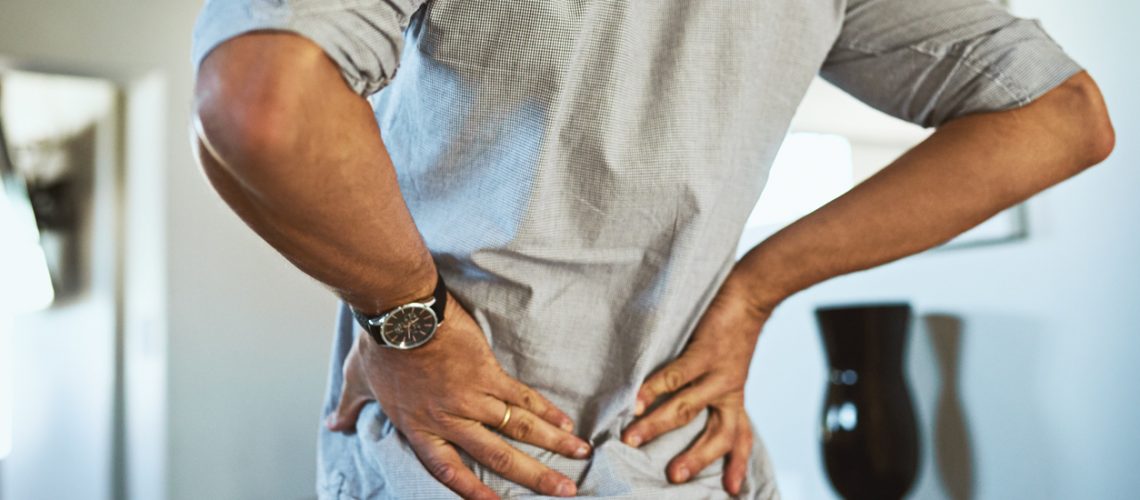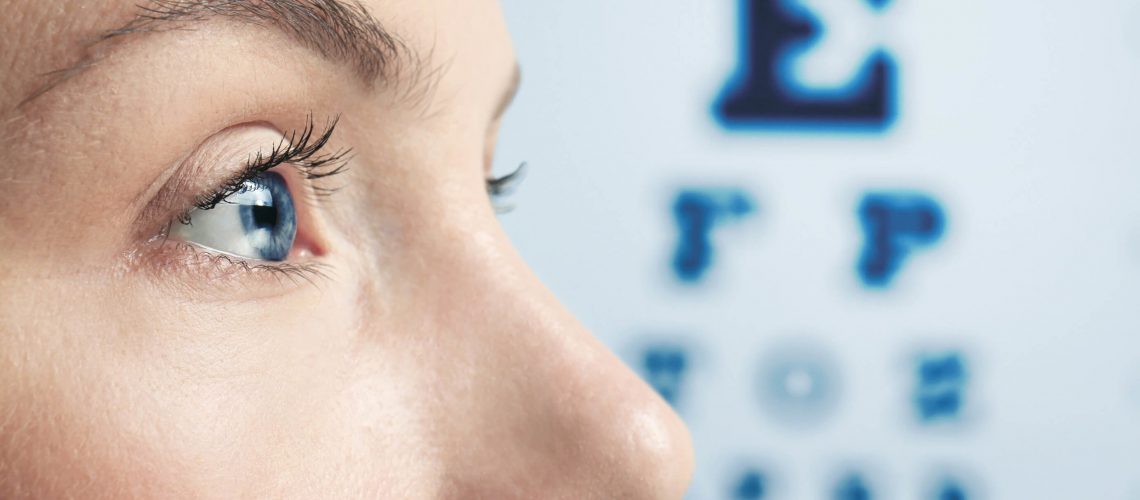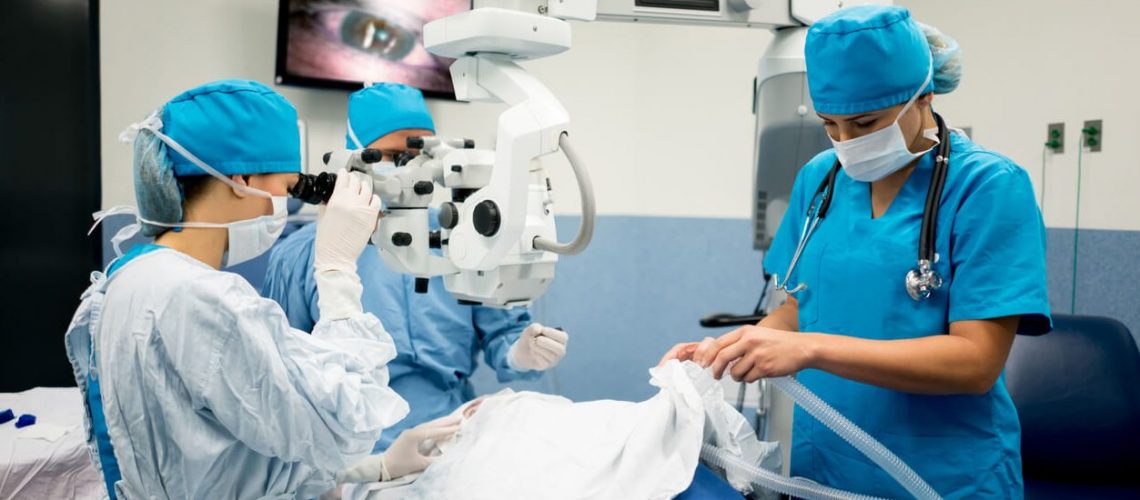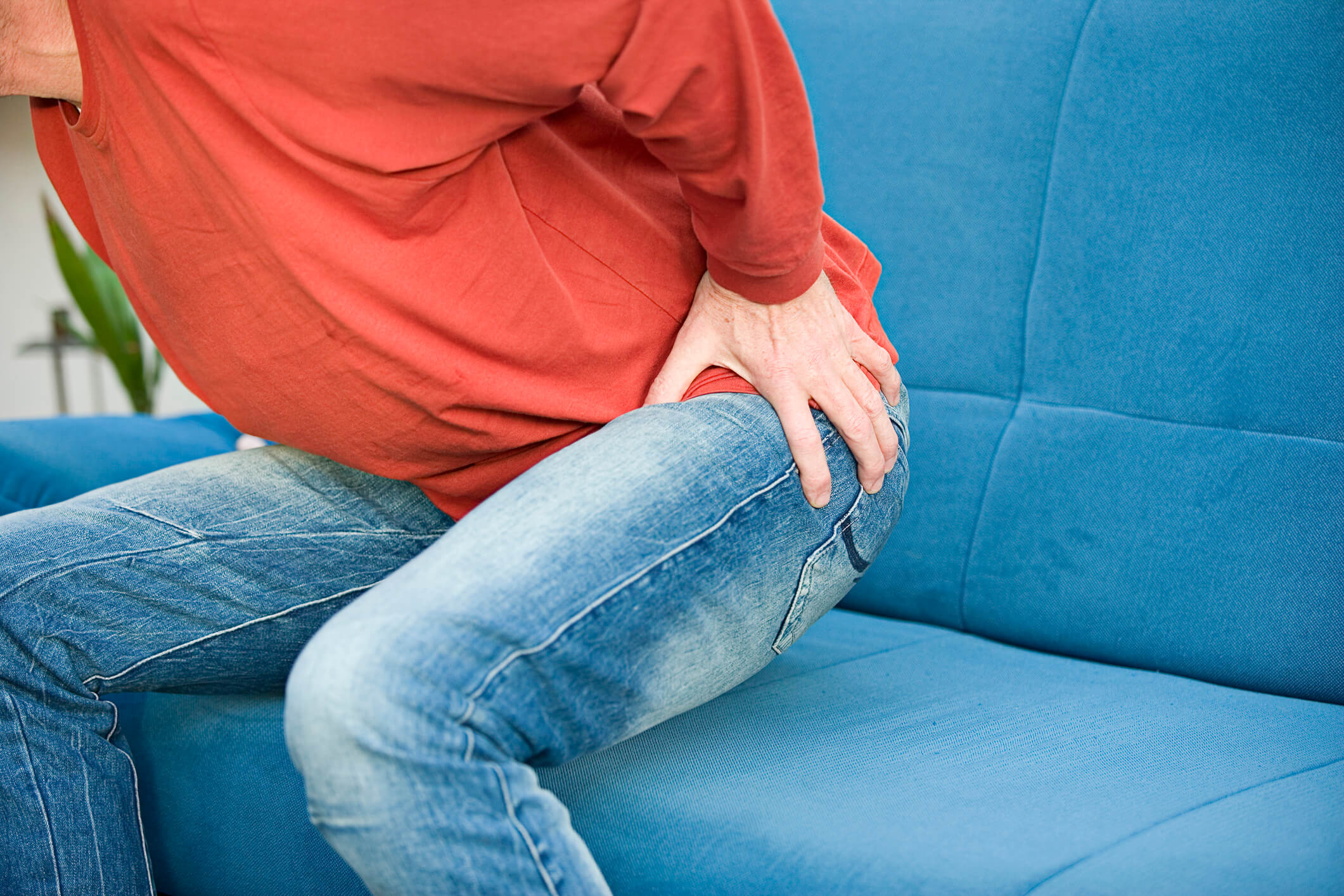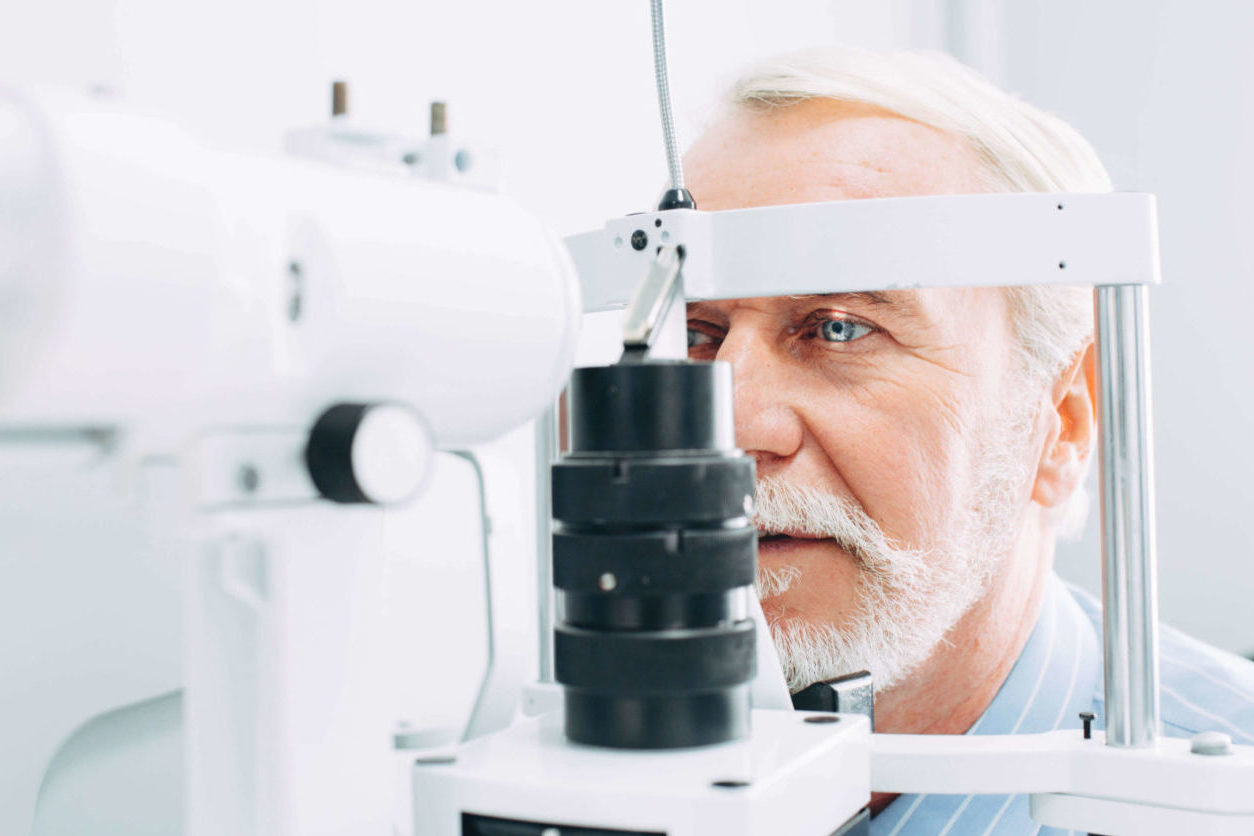
What are the causes of back pain?
Back pain is very common and estimated to affect 1 in 20 adults per year.
It may be secondary to a simple muscular strain or minor ligamentous injury but commonly is associated with more significant underlying problems such as disc protrusions, degenerate disc disease, arthritis, spondylolisthesis (abnormal position of one vertebra on another) and osteoporosis.
Other rarer causes of back pain include fractures, infection and cancer.
Some of the terminology used when describing spinal problems can be confusing. Disc protrusion, slipped disc, disc bulge and disc prolapse are all synonymous. Spondylosis describes age-related wear-and-tear or arthritis of the spine. Disc protrusions and spondylosis are the two most common causes of back pain and may co-exist.
What are the risk factors for developing lower back pain?
- Age
- Poor general health including obesity, smoking, inactivity, poor sleep and chronic disease
- Physical stress on the spine including poor posture, frequent & heavy lifting, vibration, driving for extended periods
- Genetic factors
- Psychological stress including anxiety, depression and monotonous work
What can I do to protect my back?
There are many ways you can prevent and potentially relieve back pain. These include:
- Staying fit and healthy
- Improving your posture and core strength
- Optimising your general health including weight, diet and sleep
- Being active, including walking, stretching, swimming, yoga, and Pilates.
- Knowing your limit and not performing over-strenuous activities and avoiding excessive physical stress on the spine such as frequent or heavy lifting
- Using a supportive pillow and mattress.
What treatments are there for back pain?
If back pain does occur, as well as doing what you can to optimise your spine health, there are various treatment options available depending on the severity of the pain and the underlying cause. Non-operative treatment options include:
- Topical treatments including Capsaicin cream
- Using heat or cooling compressors to the area of pain
- Physiotherapy
- Chiropractic treatment
- Taking painkillers and anti-inflammatory medication like paracetamol
and ibuprofen - Transcutaneous electrical nerve stimulation.
Operative treatments should be tailored to the individual and depend on the exact cause of pain. Spinal surgery requires a great deal of expertise and should only be undertaken by experienced specialists. Before proceeding with any surgery, you should be satisfied that you understand the risks and benefits of the various treatment options. Operative treatments for back pain and related conditions include:
- Minimally-invasive surgery
- Robotic-assisted and computer-image guided surgery
- Microdiscectomy
- Laminectomy
- Disc replacement surgery
- Fusion surgery including anterior and posterior lumbar interbody fusion
- Scoliosis surgery
Symptoms that you should be aware of and discuss with your physiotherapist, or General Practitioner
Sometimes back pain is accompanied by other symptoms; for example, you may be experiencing tingling, weakness, numbness and pain radiating to the arms or legs. This usually means there is a degree of nerve compression associated with your back problem, and expert medical opinion is recommended.
It is important to seek urgent medical advice if you are experiencing back pain with any of these symptoms:
- Arm or leg weakness
- Numbness or tingling around your genitals or buttock area
- Disturbance in bladder or bowel function
- Sudden back pain radiating down both legs
- High temperature
- Weight loss
- Swelling or deformity in the back
- If you have been in a serious accident
- If your back pain is not improving or worsening significantly

